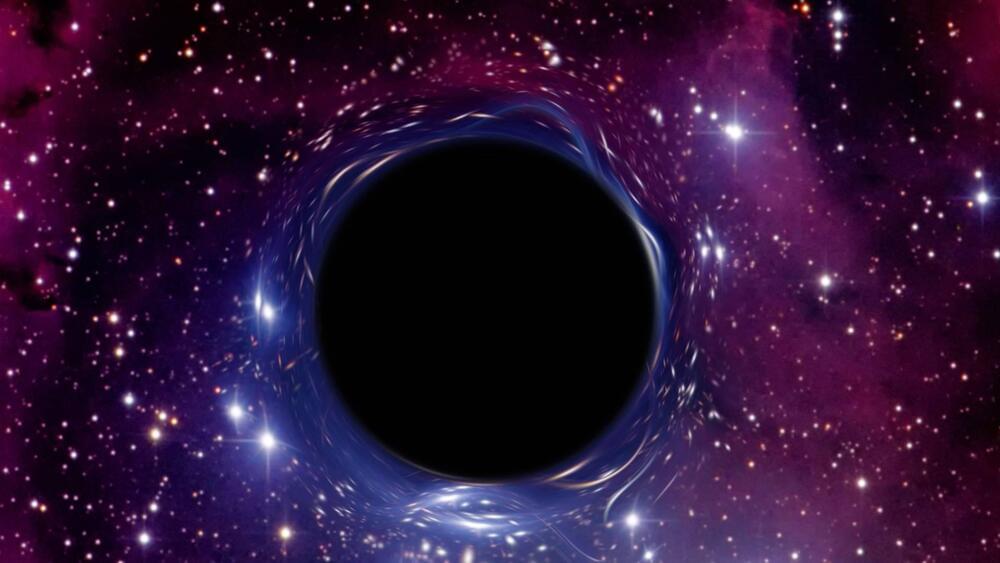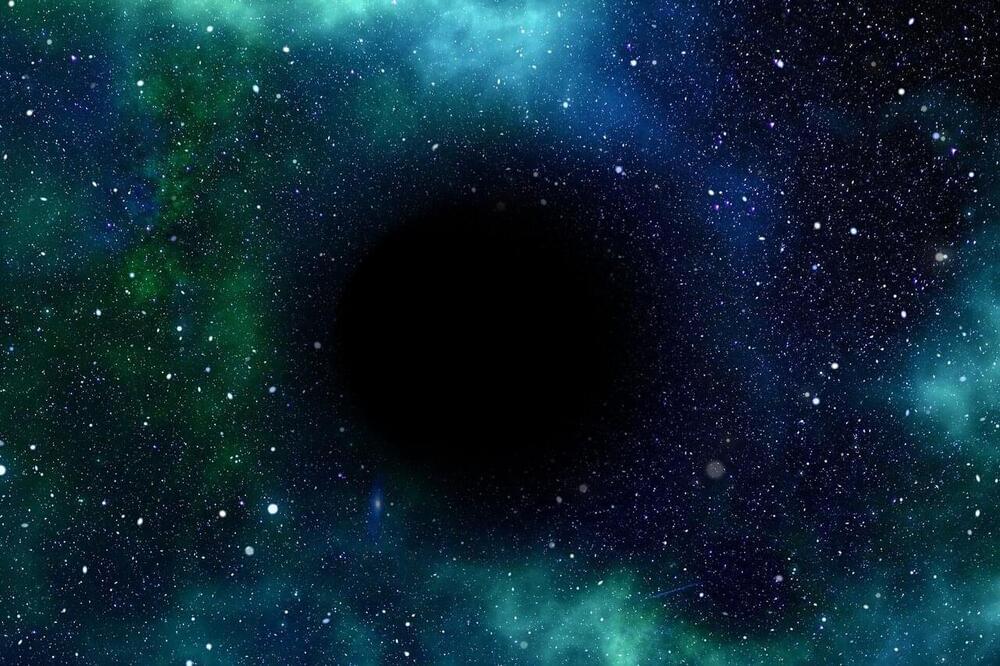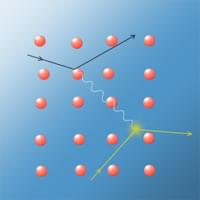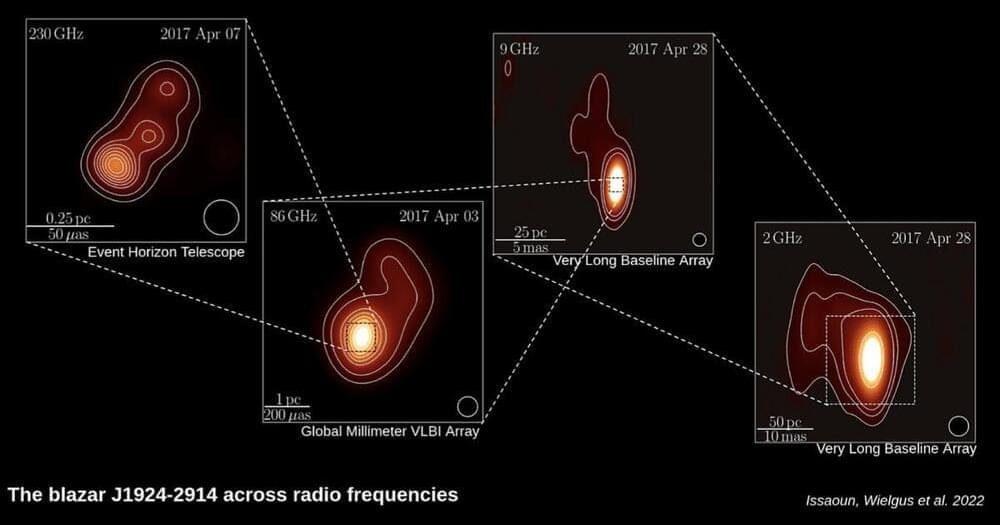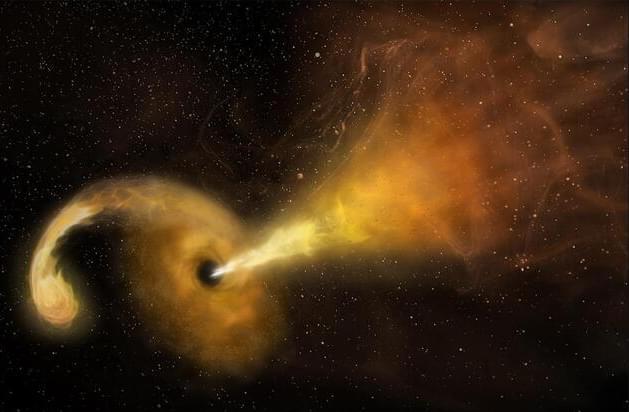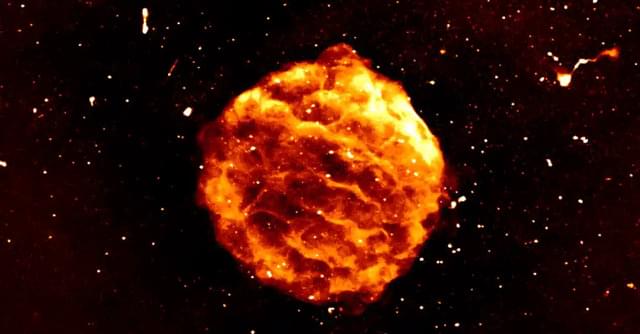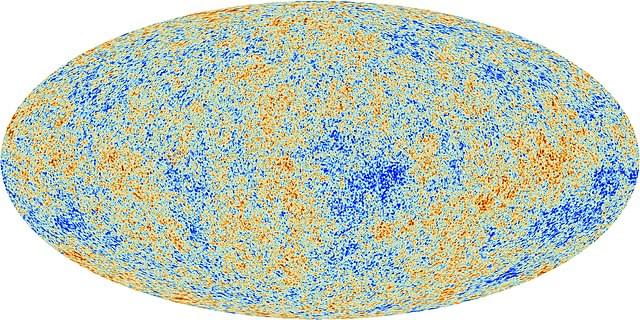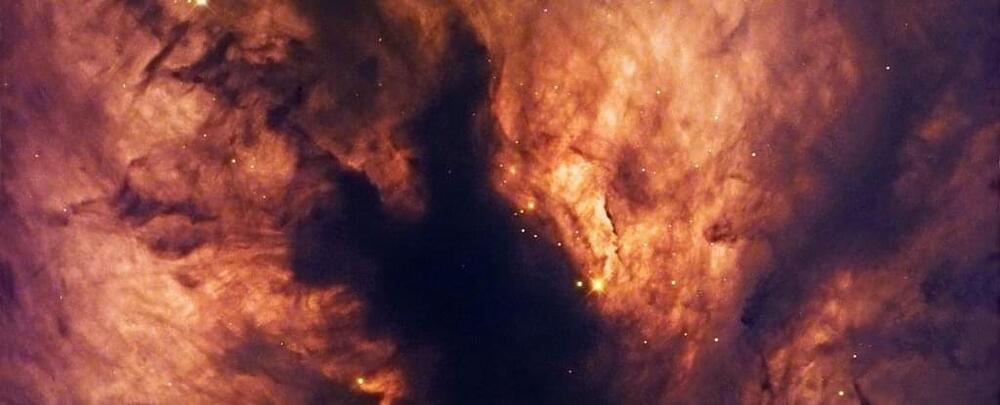The machine functions in curved spaces defying the laws of Earth.
The robot recreates the same environment found around black holes. It does so by moving in a curved space. It could one day allow us to further study black holes.
There is one constant on Earth and that is that when humans, animals, and machines move, they always push against something, whether it’s the ground, air, or water. This fact consists of the law of conservation momentum and was up to now undisputed.
Curved spaces provide new principles However, new research from the Georgia Institute of Technology has come along to showcase the opposite — when bodies exist in curved spaces, they can move without pushing against something. The new study was led by Zeb Rocklin, assistant professor in the School of Physics at Georgia Tech, and it saw the engineering of “a robot confined to a spherical surface with unprecedented levels of isolation from its environment, so that these curvature-induced effects would predominate,” according to a statement by the institution published on Monday.
Full Story:
The new machine defies the laws of physics to function in curved spaces.
